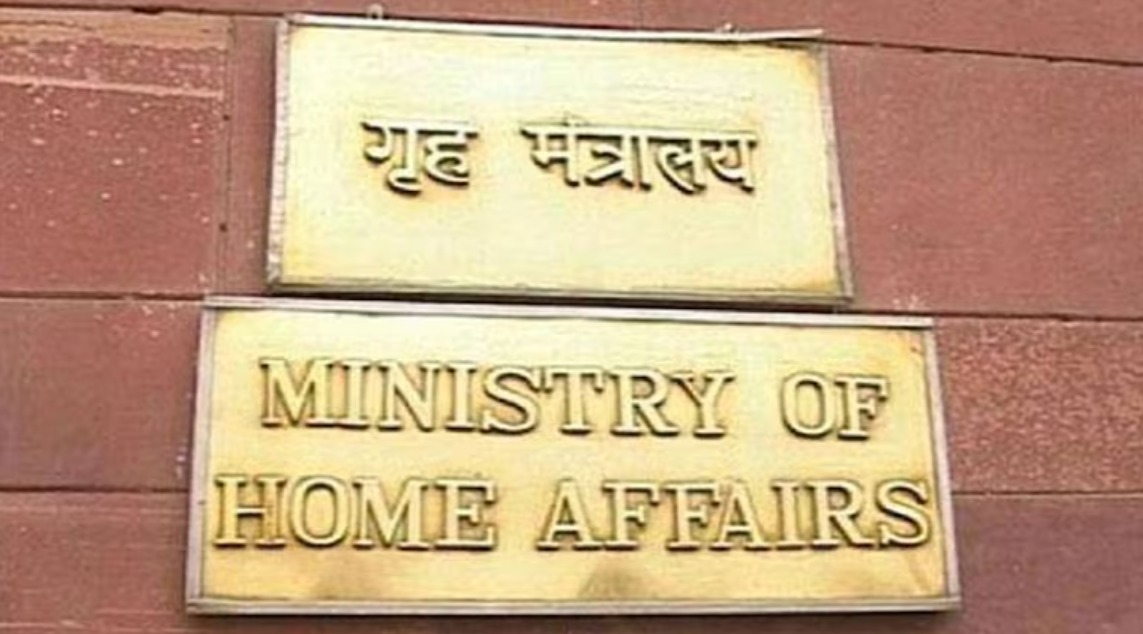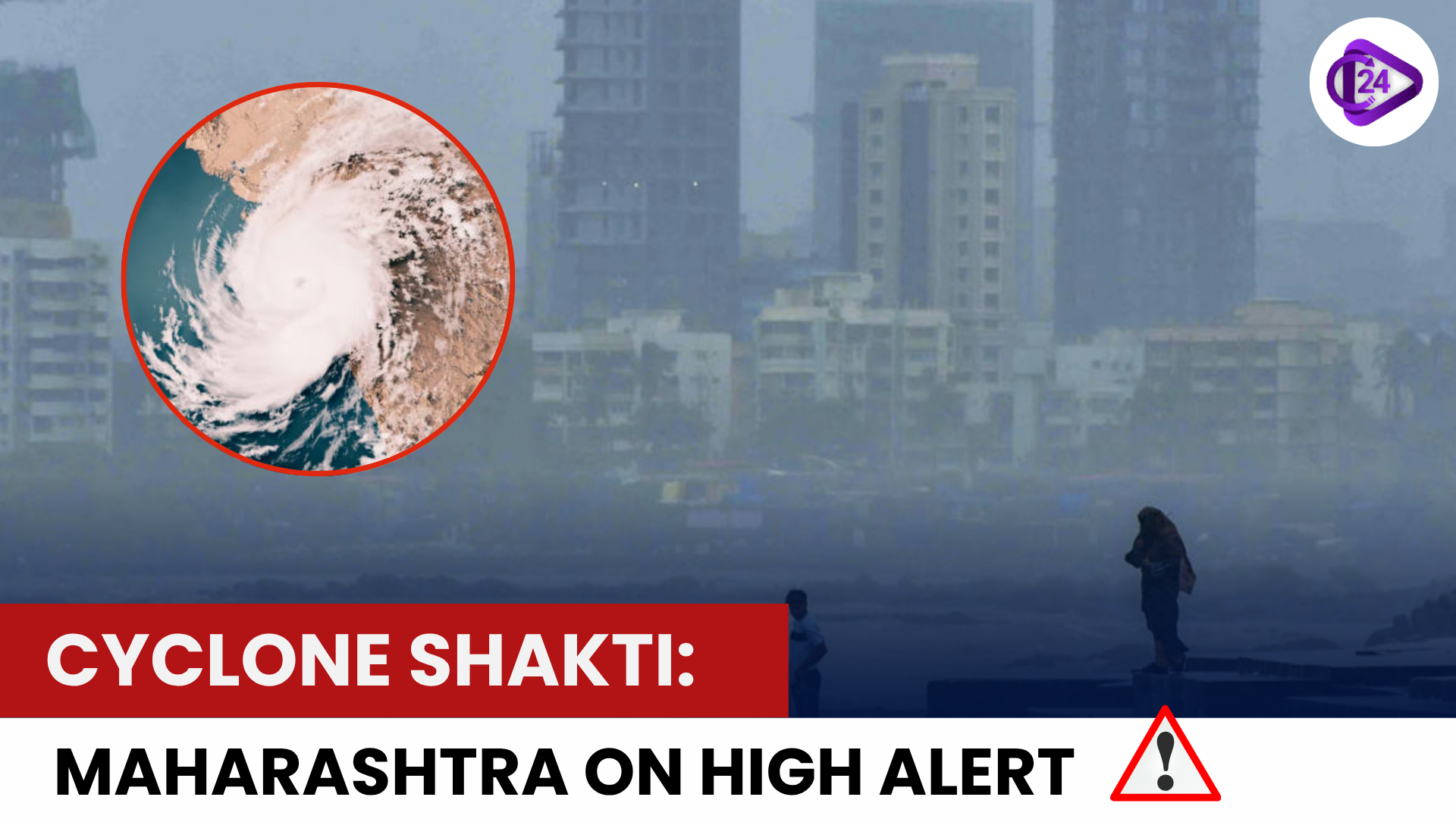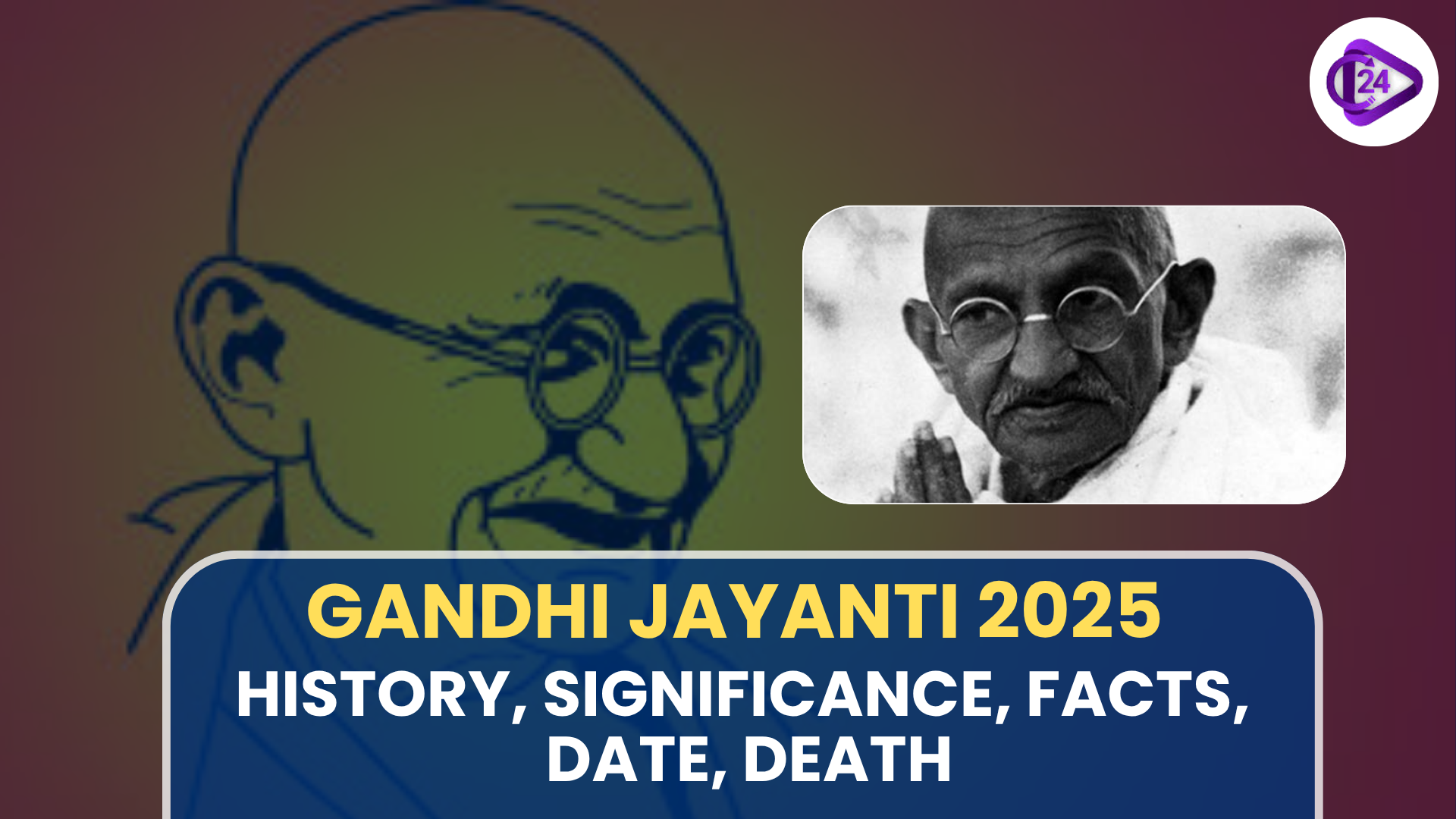
The Pahalgam terrorist attack on April 22, 2025 triggered increasing tensions between India and Pakistan leading the Home Ministry to demand that states organize civil defence drills in their 244 vulnerable districts between May 7 to 9, 2025. The mock exercises implement measures such as air-raid sirens and evacuation plans with a focus on protecting vital installations for better hostile attack preparedness in India. This initiative serves to improve coordination between government levels and security forces as well as civilians because India places special importance on national security and emergency preparedness.
Summary:
-
The Union Home Ministry required all Indian states to execute nation-wide civil defense simulations of air-raid alerts together with evacuation strategies and blackout protocols for boosting security readiness across the country.
-
The national defense coordination needs improvement through this drill which involves more than four lakh participants because of heightened India-Pakistan tensions after the Pahalgam terrorist attack occurred.
Key Points:
Government Directives and Mechanisms:
-
The Union Home Ministry provided DGDC with orders to conduct mock drills throughout 244 districts which focus especially on border regions including Jammu and Kashmir for improving civilian defense plans.
-
Air-raid warnings as well as vital installation concealment procedures and blackouts form the basis of training to equip both civilian and government workers with proper hostile attack responses during the drills.
Volunteer Mobilization and Implementation:
-
Civil Defence together with police and National Cadet Corps (NCC) volunteers along with Nehru Yuva Kendra Sangathan (NYKS) members will conduct a mass participation of over 4 lakh people during the exercise.
-
Training programs at the exercise will equip volunteers with necessary disaster response skills and defense expertise which includes firefighting methods alongside emergency communication practices and control room operation knowledge.
Context of Escalating Security Threats:
-
The Indian government has increased its civil defense readiness following the Pahalgam violence that killed 26 people on April 22 because the security situation shows signs of becoming worse because of border terrorism and unstable regional conditions.
-
Early May brought forth another blackout drill in Ferozepur (Punjab) to show how preparedness strengthens civil defense during border conflicts with Pakistan.
Institutional Coordination and Leadership:
-
The drills train public safety celebrities to function together through combined operations between police services and local authorities.
-
The organization maintains cooperation with the Indian Air Force by establishing emergency contact systems through hotlines for rapid communication needs.
Focus on National security and preparedness
-
Apart from being a passive defense element these drills expand the ability to maintain public security and control threats that require no direct military intervention.
-
Defense prevention elements and community participation join forces with India's overall military and security designs to reduce unconventional threats such as terrorist operations.
Conclusion:
The Union Home Ministry’s implementation of civil defense drills represents a thorough plan to increase India’s readiness against security threats specifically in exposed border areas. The training programs activate civilian volunteers in addition to developing superior inter-agency teamwork with the goal to boost emergency response results and minimize security weaknesses. Developing resilience against foreign threats becomes crucial because of escalating tensions between India and its neighboring nations.



 Harsh Sanghavi Appointed Gujarat Deputy Chief Minister in Major Cabinet Reshuffle
Harsh Sanghavi Appointed Gujarat Deputy Chief Minister in Major Cabinet Reshuffle India Ranks 102nd in Global Hunger Index 2025: Hunger Remains a Serious Challenge
India Ranks 102nd in Global Hunger Index 2025: Hunger Remains a Serious Challenge Kaziranga Director Sonali Ghosh Becomes First Indian to Win IUCN Innovation Award
Kaziranga Director Sonali Ghosh Becomes First Indian to Win IUCN Innovation Award Assam Government Introduces CM-FLIGHT Scheme for Improved Global Career
Assam Government Introduces CM-FLIGHT Scheme for Improved Global Career India’s First Bullet Train to Launch by August 2027, Mumbai–Ahmedabad
India’s First Bullet Train to Launch by August 2027, Mumbai–Ahmedabad Goa Launches Majhe Ghar Housing Regularisation Scheme
Goa Launches Majhe Ghar Housing Regularisation Scheme IUCN Recognizes India’s First Dugong Conservation Reserve in Tamil Nadu
IUCN Recognizes India’s First Dugong Conservation Reserve in Tamil Nadu Cyclone Shakti Brings Heavy Rain Forecast for Mumbai and Konkan Region
Cyclone Shakti Brings Heavy Rain Forecast for Mumbai and Konkan Region Underwater Road Tunnel in Assam
Underwater Road Tunnel in Assam 156th Gandhi Jayanti 2025, History, Significance, Facts, Date, Death
156th Gandhi Jayanti 2025, History, Significance, Facts, Date, Death






